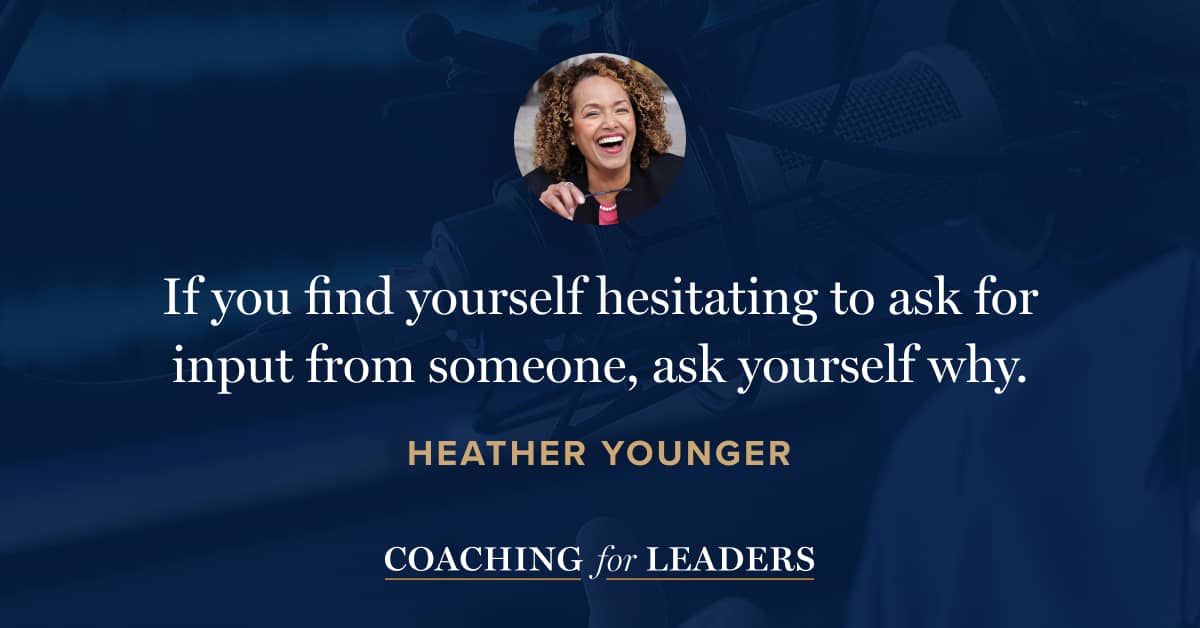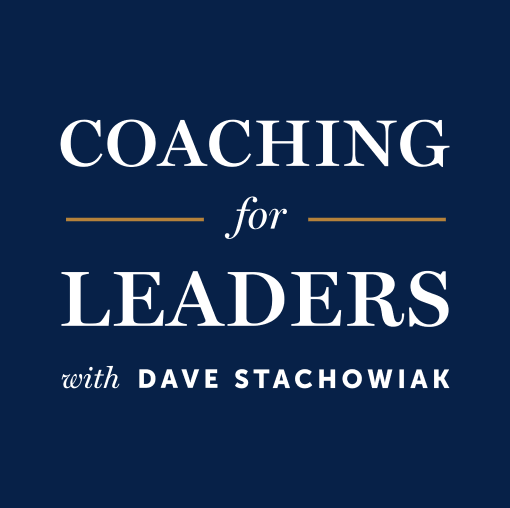Heather Younger: The Art of Active Listening
Heather Younger is an experienced international keynote speaker, best-selling author, CEO, and Founder of Employee Fanatix. Known as The Employee Whisperer, Heather harnesses humor, warmth, and an instant relatability to engage and uplift audiences and inspire them into action.
She is a Certified Diversity Professional, certified in Emotional and Social Intelligence and DiSC, and is also the author of three books. Her previous best-selling book, The Art of Caring Leadership: How Leading with Heart Uplifts Teams and Organizations, was praised for offering powerful insights for developing authentic, thoughtful, and purposeful leaders and change-makers. She's the author of The Art of Active Listening: How People at Work Feel Heard, Valued, and Understood*.
When you know how to listen, people will share more. We may or may not always be able to resolve every concern, but we can be sure others are heard. In this conversation, Heather and I discuss how we can shift from listening for what we want to hear towards listening for what we need to learn.
Key Points
- Some issues can only be resolved through better listening. That alone makes this a critical skill for leaders.
- When you know how to listen, people will bring things to you. Listen for not what you want to hear but what you want to learn.
- Listening is not just about what’s been said, but also about what is seen. Get beyond simply, “What I hear you saying is…”
- Some leaders have a fear about the direction that a response might take a conversation. Remember that often people first and foremost want to be heard, regardless of what happens next.
- Nobody is ready to listen at every moment. Taking time to center yourself for a conversation in a few minutes or later in the day can be helpful for both parties.
Resources Mentioned
- The Art of Active Listening: How People at Work Feel Heard, Valued, and Understood* by Heather Younger
- Art of Active Listening Certification
Interview Notes
Download my interview notes in PDF format (free membership required).
Related Episodes
- The Way to Have Conversations That Matter, with Celeste Headlee (episode 344)
- Four Habits That Derail Listening, with Oscar Trimboli (episode 500)
- How to Help Others Be Seen and Heard, with Scott Shigeoka (episode 654)
Discover More
Activate your free membership for full access to the entire library of interviews since 2011, searchable by topic. To accelerate your learning, uncover more inside Coaching for Leaders Plus.





